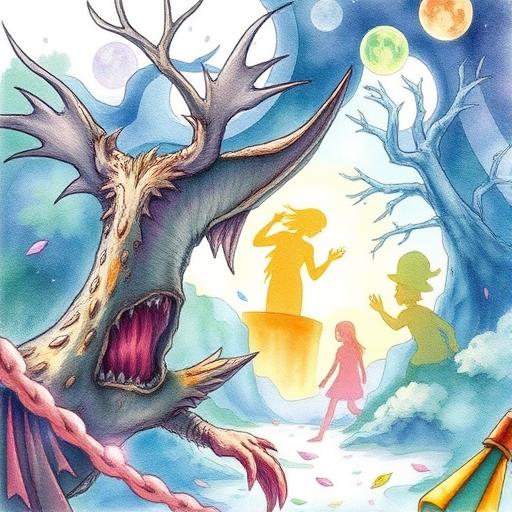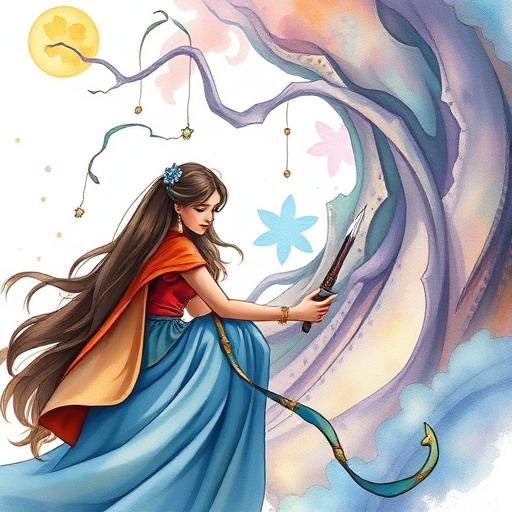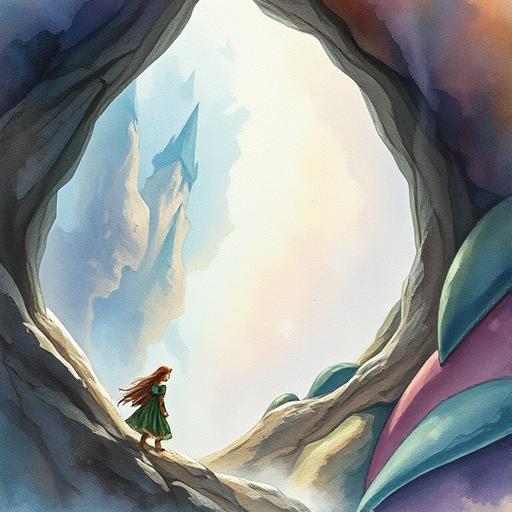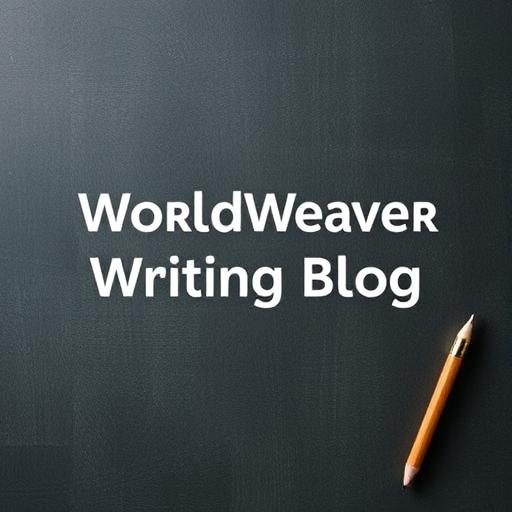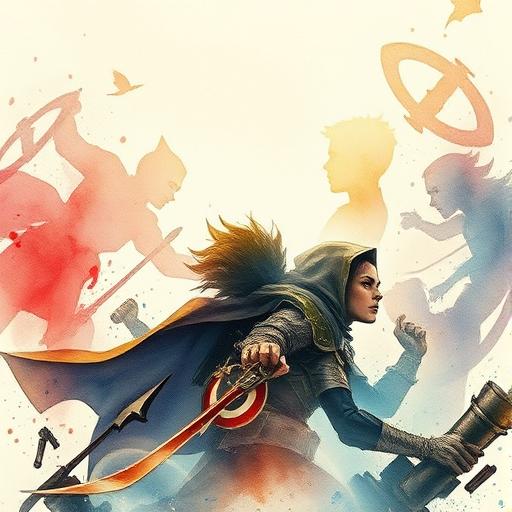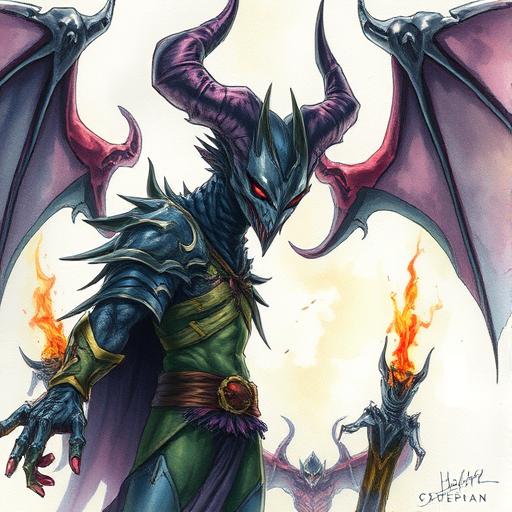Writing Diverse and Inclusive Stories Beyond Fantasy Genres
This article explores the importance of diversity and inclusivity in storytelling, providing practical tips and advice for writers to craft authentic and representative worlds. From character development to cultural sensitivity, we'll delve into the essential elements of writing diverse and inclusive stories that transcend fantasy genres.
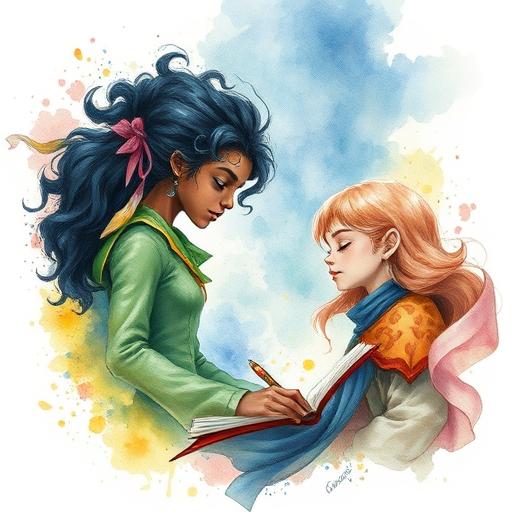
Introduction to Inclusive Storytelling
Writing diverse and inclusive stories is no longer a niche aspect of the literary world, but a necessary step towards creating authentic and engaging worlds. As writers, we have the power to shape the narratives that reflect our society and inspire empathy in our readers. To achieve this, we must move beyond the confines of traditional fantasy genres and explore the complexities of diverse cultures, experiences, and identities.
The Power of Representation
Representation matters, and it's essential to acknowledge the impact that diverse characters and storylines can have on readers. When readers see themselves reflected in the stories they read, they feel seen, heard, and validated. This, in turn, fosters a deeper connection with the narrative and encourages empathy towards others. For example, authors like N.K. Jemisin and Nalo Hopkinson have successfully crafted inclusive worlds that celebrate diversity and challenge traditional fantasy tropes.
- Diverse characters:
- Avoid tokenism and stereotypes
- Develop complex, multi-dimensional characters
- Incorporate diverse experiences and perspectives
- Inclusive world-building:
- Research and understand different cultures and histories
- Avoid cultural appropriation and sensitivity
- Create nuanced, detailed world-building that reflects diversity
Beyond Fantasy Genres
While fantasy genres often provide a rich backdrop for world-building, it's essential to explore diversity and inclusivity across multiple genres and formats. For instance, science fiction, historical fiction, and contemporary novels can all benefit from diverse characters and storylines. By doing so, we can create a more representative and authentic literary landscape. For more on writing diverse and inclusive stories across multiple genres and formats, check out our article on writing diverse and inclusive stories across multiple genres and formats.
Crafting Authentic Worlds
Building inclusive and representative worlds requires careful research, sensitivity, and attention to detail. It's essential to avoid cultural appropriation and stereotypes, instead opting for nuanced and detailed world-building that reflects diversity. This can be achieved by:
| World-Building Aspect | Tips for Inclusivity |
|---|---|
| Culture | Research and understand different cultures and histories |
| History | Avoid erasure and marginalization of underrepresented groups |
| Magic/Technology | Develop unique, culturally-sensitive systems |
Practical Advice for Writers
So, how can writers start crafting diverse and inclusive stories? Here are some practical tips:
- Read widely and often, exploring different genres and authors
- Engage with diverse communities and listen to their experiences
- Be open to feedback and criticism, using it as an opportunity to learn and grow
- Avoid making assumptions, instead opting for research and sensitivity
For more on building inclusive and representative worlds, check out our article on building inclusive and representative worlds for writers across genres and categories.
Conclusion
Writing diverse and inclusive stories is an ongoing process that requires dedication, empathy, and a willingness to learn. By embracing diversity and inclusivity, we can craft authentic, engaging worlds that reflect the complexity and beauty of our society. As writers, we have the power to shape the narratives that inspire and empower our readers. Let's harness this power to create a more inclusive, representative literary landscape that celebrates diversity in all its forms.
Comments
Comments are hidden to save bandwidth. Load them when you want to read or leave one.
